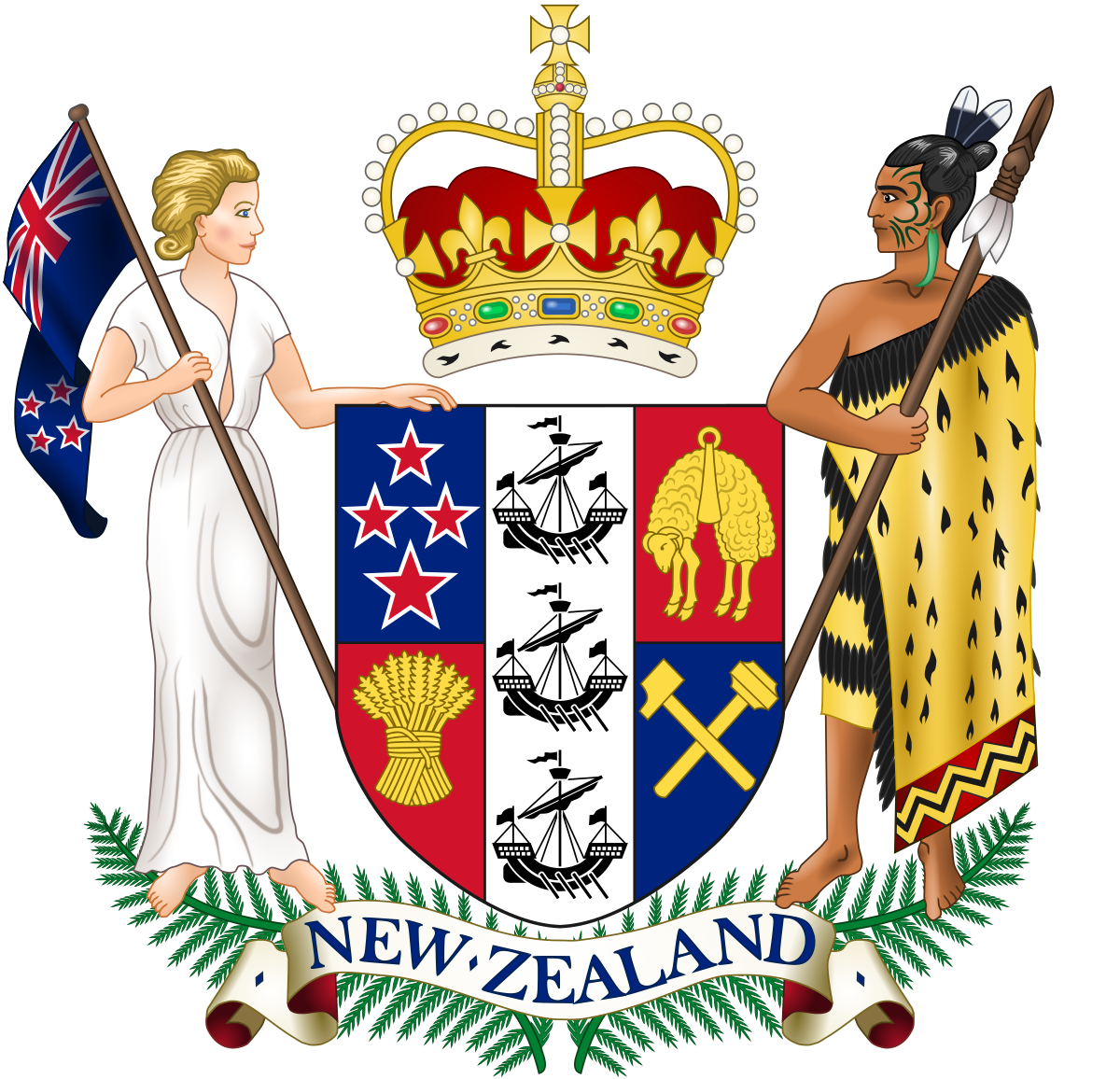New Zealand Election Process

Preliminary counts give early results on election night.
New zealand election process. The previous parliament was elected on 20 september 2014 and was officially dissolved on 22 august 2017. New zealand has a single house legislature the house of representatives usually with 120 members although the number can increase because of one or two overhang seats depending on the outcome of the electoral process. Any new zealand citizen and permanent resident who is 18 or over and whose name is on either the māori or general electoral roll before election day can vote in a general election.
If you are enrolled to vote you can vote in a referendum. What is a referendum. At this time the country was divided into 23 electorates who elected either a single member or three members mps depending on the population within that area.
The 52nd parliament elected in 2017 has 120 seat. National elections in new zealand were first held in 1853 using a simple version of the first past the post fpp electoral system and conducted over a period of two and a half months. Our democracy is better with you in it.
Mmp was introduced after a referendum in 1993. According to elections new zealand having the printed electoral rolls available for the public to view is a part of the open democratic process of new zealand. This is how new zealand citizens choose who represents them in parliament.
One for votes cast before election day advance votes. A referendum is a vote on a question. The electoral commission in their report on the 2017 general election recommended that roll sales be discontinued for anything other than electoral purposes.
Mmp replaced the first past the post system new zealand had previously used for most of its history. Each voter has two votes to cast a party vote and an electorate vote. The 2017 new zealand general election took place on saturday 23 september 2017 to determine the membership of the 52nd new zealand parliament.


















